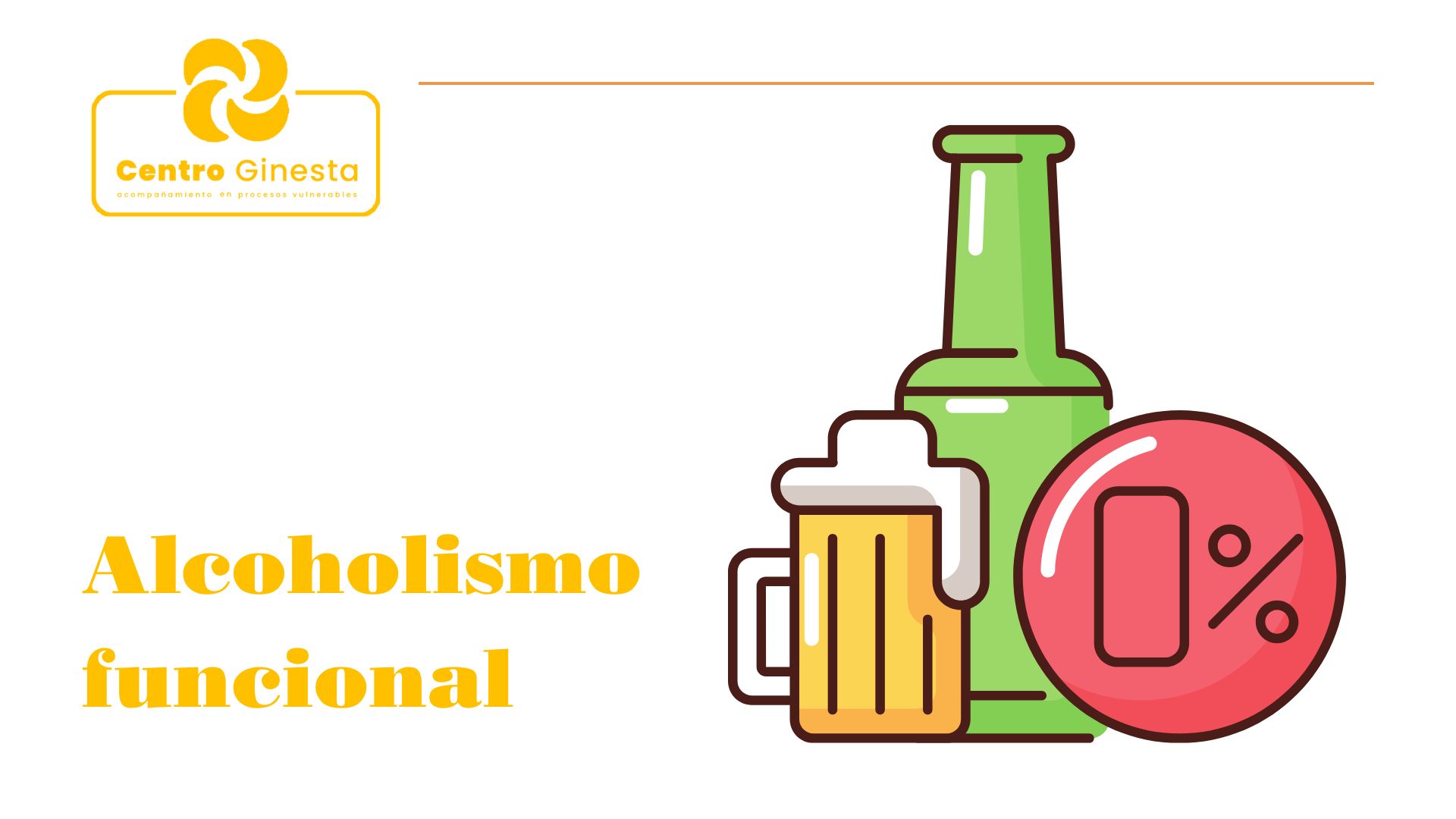He functional alcoholism, Also called “high-functioning alcoholism”, It is characterized by people who, despite his dependence on alcohol, They maintain a seemingly normal life. They fulfill their job responsibilities, family and social, making it difficult to detect your problem and delaying seeking professional help.
Even though your life may seem stable, The effects of alcohol continue to affect physical health, emotional and social, and recognizing this pattern is essential to start effective treatment.
Characteristics of functional alcoholism
He functional alcoholism manifests itself in a subtle way, which makes it difficult to identify. Some common signs include:
- Appearance of normality: They do not show obvious social deterioration or visible physical problems.
- Compliance with responsibilities: They maintain stable jobs and active family and social relationships.
- Hiding consumption: they minimize or deny the addiction and may drink secretly.
- Physical and emotional symptoms: insomnia, irritability, fatigue, alcohol tolerance and digestive or muscle problems.
- Use of alcohol to cope with difficulties: Drinking becomes a way to deal with stress or negative emotions.
Recognizing these signs is the first step to understanding that the appearance of normality does not mean absence of risk..
Risks and the importance of seeking help
He functional alcoholism represents a silent danger. Dependency can affect health, long-term personal and work relationships. Denial and minimization of the problem make it difficult to access treatment and can increase frustration and feelings of isolation..
In Ginesta Center, we offer professional support to identify and treat functional alcoholism, with a comprehensive approach that combines individual therapy, group and support in daily life. The goal is to help each person regain control of their life and build healthy habits..
Recognizing functional alcoholism in time is key to preventing damage and promoting comprehensive recovery.













